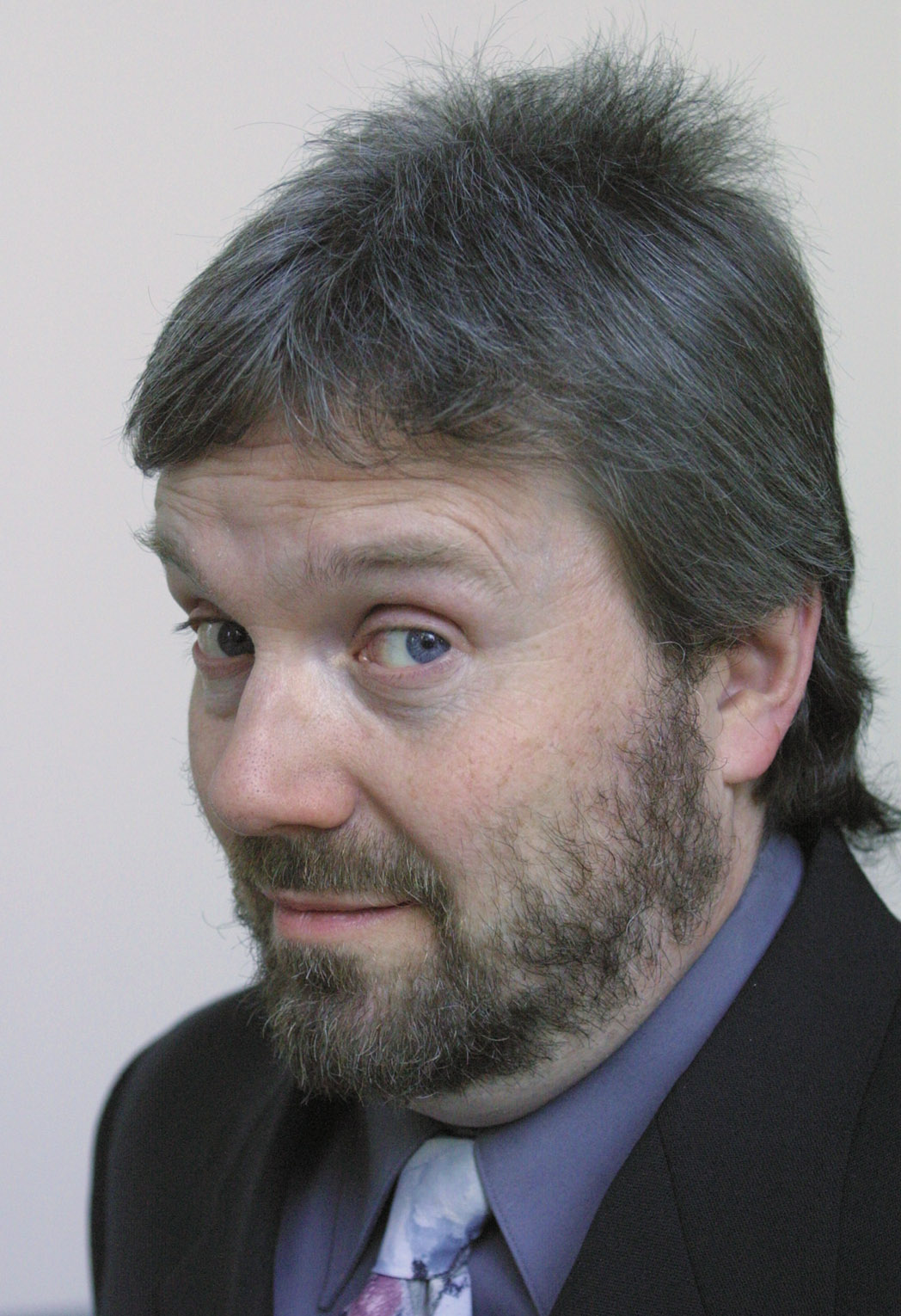By Mark Pattison
I wish I didn’t have to go to the hospital and use the experience as fodder for another “TV Eye” column.

Five years ago, I came down with shingles, which hospitalized me for a weekend-plus that summer. I wrote about watching the offerings on cable in another jurisdiction.
Three years ago, I suffered a pair of concurrent ankle injuries. After a weekend hospital stay, my forced convalescence at home for more than two months made it possible to watch virtually every DVD and VHS tape I owned, not to mention some loaned by friends and neighbors.
This year, I had a kidney removed. The surgery-resulting incisions hurt but weren’t as painful as the assault on my senses by what TV offers when it’s not prime time.
Two Washington-area stations – neither affiliated with a major network that could offer better programming – run a steady daytime diet of courtroom shows. You can watch nine hours of judge shows in an 11-hour span on these stations – “Judge Faith,” “Judge Greg Mathis,” “Hot Bench,” “Paternity Court” and four episodes in a row of “Divorce Court,” not to mention back-to-back installments of the grandma of them all, “Judge Judy.”
Then there are the daytime shoutfests with the likes of Maury Povich, Jerry Springer and Bill Cunningham.
It doesn’t get much better on cable. OWN, the Oprah Winfrey Network, runs mini-marathons of “Dr. Phil” in the mornings. It seems that the doc’s MO is to put people down for the choices they’ve made, even after they’ve come to him for help.
One set of parents came on the show because their 7-year-old son already weighs 126 pounds. “Your son doesn’t have a weight problem,” Dr. Phil huffed at them. “He’s got a parent problem.”
This is what sells. “Judge Judy” garners a genre-best 9.9 million viewers nationwide – which, if it were in prime time, would place it firmly in the top 20 shows each week. “Dr. Phil” is the highest-rated talk show at 3.9 million viewers.
So just who is buying? A 2012 Pew Research study found that 54 percent of daytime viewers have a high school diploma – or less. Frank. N. Magid Associates has done research dating back to 2001 showing that 40 percent of the daytime audience makes less than $20,000 a year. Could this explain all the ads during these shows for ambulance-chasing lawyers, prescription drug-based class-action lawsuits, for-profit colleges and trade and technical schools?
Despite the presence of more women in the workforce, 75 percent of all daytime viewers are female. And their average age is even higher than that of viewers of prime time on CBS, for example. “Maury” is tops among the 18- to 49-year-old demographic, according to Nielsen. But the daytime audience is smaller than that for prime-time shows.
Has daytime TV devolved into a search into a seemingly bottomless pit of imperfect people willing to humiliate themselves, or let themselves be humiliated, before a nationwide audience?
You could say, “They know what they’re getting into.” Maybe so, maybe no.
We should all remember the case of Jonathan Schmitz on “The Jenny Jones Show.” Schmitz was part of a 1995 program about “same-sex secret crushes.” Schmitz laughed off his secret crush while the cameras were rolling, but three days later he killed the man, Scott Amerdure.
Schmitz was convicted in the slaying in 1996 and sentenced to 25 to 50 years in prison. (His conviction was overturned on appeal, but he was retried and found guilty of the same charge. His sentence was reinstated.)
Amerdure’s family sued Jones and the show’s producers for damages, saying they should have vetted Schmitz’s history of mental illness and alcohol and drug abuse. On the witness stand, Jones looked withdrawn and confused, as if she were merely a tool in the hands of her producers. It turned out it was just another performance before an audience.
